In today’s rapidly evolving healthcare landscape, the integration of new technologies and innovations is crucial to staying relevant and providing the best care possible.
As health professionals, it is our responsibility to continually educate ourselves on the latest advancements and explore new methods for improving the care we provide to our clients. The combined use of GLP-1 and semaglutide in weight loss treatment, complemented by remote client monitoring, has proven to be a game changer for the healthcare community.
This article delves into the benefits of utilizing these advancements in your practice and demonstrates how these innovative techniques are improving health data awareness, practice efficiency, and client care.
Watch the latest GLP-1 Remote Patient Monitoring Live Stream.
Dave Korsunsky and Dr. Limansky discuss GLP-1 peptides and other lifestyle changes for effective and sustainable weight loss. They highlight the significance of tracking important metrics like dosage, side effects, protein intake, body composition, and heart rate variability using a dashboard tool, Heads Up, for improved results.
They emphasize the importance of a holistic approach to weight loss and suggest that self-accountability is key. Personal experiences with GLP-1 peptides, Semaglutide, BPC-157, and CJC-Ipamorelin are shared, emphasizing those medications’ benefits and future potential uses.
The video also covers the importance of tracking health markers like glucose and protein intake and its benefits when using exogenous ketones. Lastly, the speakers stress the significance of maintaining healthy habits long-term for sustained change and better overall health.
Understanding GLP-1 or Semaglutide in Weight Loss Treatment
GLP-1 (glucagon-like peptide-1) is an incretin hormone primarily involved in glucose homeostasis and appetite regulation. Semaglutide, an analogue of GLP-1, has been developed to mimic the effects of GLP-1 while having a longer half-life, making it an ideal treatment option for clients struggling with weight loss. Research has shown that GLP-1 receptor agonists like semaglutide can lead to significant weight loss by reducing appetite, increasing satiety, and improving glycemic control. As a consequence, incorporating GLP-1 and semaglutide into the weight loss treatments you offer your clients can vastly improve their outcomes and overall health.
The Benefits of Remote Client Monitoring
Remote client monitoring refers to the use of innovative technologies to monitor and track clients’ health data from a distance. This practice has been a game changer in the health industry as it enables health professionals to keep track of their clients’ progress outside of traditional appointments. RCM offers myriad benefits, which include:
- Improved Client Engagement: With remote monitoring, clients are more motivated to actively participate in their own care, leading to better adherence to treatment plans and lifestyle changes.
- Continuous Data Collection: RCM allows for the collection of real-time data, enabling health professionals to better track progress, detect anomalies, and make timely adjustments to treatment plans.
- Enhanced Communication: Remote client monitoring facilitates more frequent communication between clients and health professionals. This leads to improved relationships, deeper understanding of clients’ needs, and increased trust.
- Cost-Effective Care: RCM can significantly reduce healthcare costs as healthcare providers can remotely manage clients’ needs, leading to fewer in-person visits and hospitalizations.
Integrating GLP-1 or Semaglutide with Remote Client Monitoring
To maximize the benefits of GLP-1 and semaglutide in weight loss treatment and complement it with remote client monitoring, consider the following steps:
Develop a Comprehensive Treatment Plan: Collaborate with your clients to create a tailored plan that includes the appropriate use of GLP-1 and semaglutide, along with dietary and exercise guidance. Ensure that the plan is easy to follow, realistic, and measurable.
Implement Remote Monitoring Technologies: Adopt suitable remote monitoring devices that can capture relevant data points, such as weight, blood glucose levels, activity levels, and heart rate. These devices should be user-friendly and offer secure and reliable data transmission to ensure the privacy of your clients’ information.
Monitor Progress and Adjust Plans as Needed: Regularly review the collected data to track progress, identify trends, and adjust the treatment plan as needed. This may involve modifying dosages of GLP-1 and semaglutide, or making changes to the clients’ dietary and exercise regimen.
Maintain Open Communication and Provide Support: Establish ongoing communication with your clients through phone calls, emails, or virtual consultations. Offer encouragement and support as they navigate their journey to better health.
Key Features of Heads Up For GLP-1 / Semaglutide
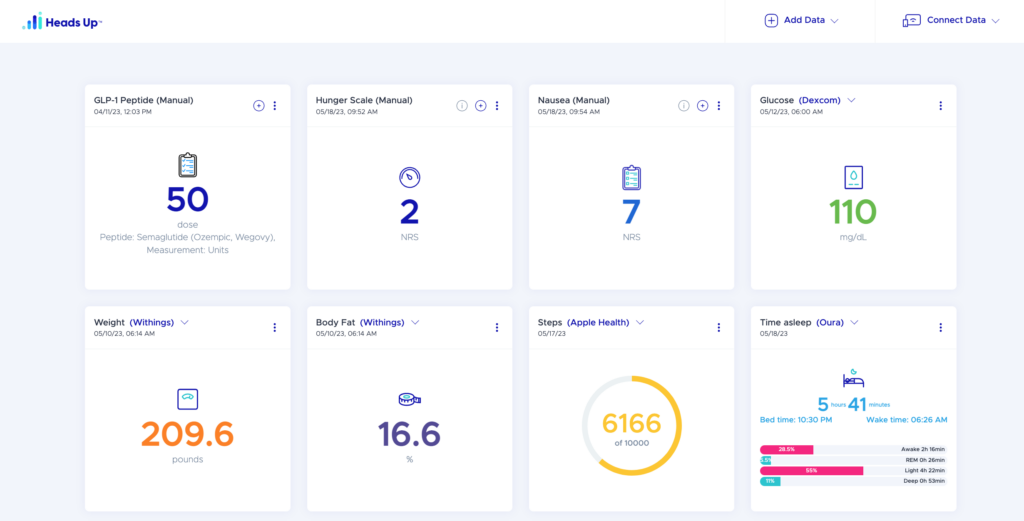

GLP-1 Usage Monitoring: Stay informed about the prescription and administration of GLP-1 among your clients with our advanced tracking capabilities. Monitor usage data for greater insight into client adherence and effectiveness, adjusting treatment plans as needed.
Symptom Tracking: Keep track of each client’s symptoms over time, allowing for easy identification of trends and correlations between GLP-1 usage and symptom presentation.
Lifestyle Data Integration: Heads Up Health seamlessly combines comprehensive lifestyle data, such as nutrition, exercise, sleep, and stress, with GLP-1 usage and symptom tracking for an all-encompassing view of client health.
Lab Results Management: Easily access and interpret client lab results, enabling prompt response to any critical changes or new findings in relation to GLP-1 treatment.
Outcomes Tracking: Evaluate the effectiveness of your clients’ GLP-1 treatments with our powerful outcomes tracking feature. From the individual to the cohort level, visually track progress over time for a clear understanding of how the therapy is impacting your clients’ overall health and well-being.
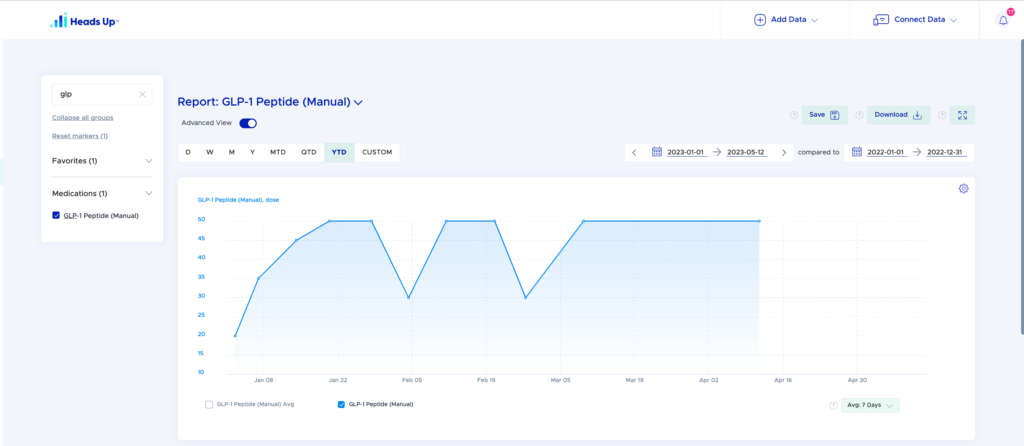
Incorporating GLP-1 and semaglutide treatment in combination with remote client monitoring offers a effective way to improve your clients lifestyle, and health outcomes. By embracing these innovations, health professionals can provide more personalized efficient, and cost-effective care, making it possible to help more clients achieve their weight loss goals and overall well-being.
The time to adopt these advancements is now, as the need to revolutionize the approach to client care becomes increasingly important. By mastering these key strategies, you can stay ahead of the curve, elevate your practice, and make a lasting impact on your clients’ lives and communities.
If you have any questions or would like a personal walkthrough of our platform, feel free to schedule a time on our calendar here, we look forward to hearing from you.
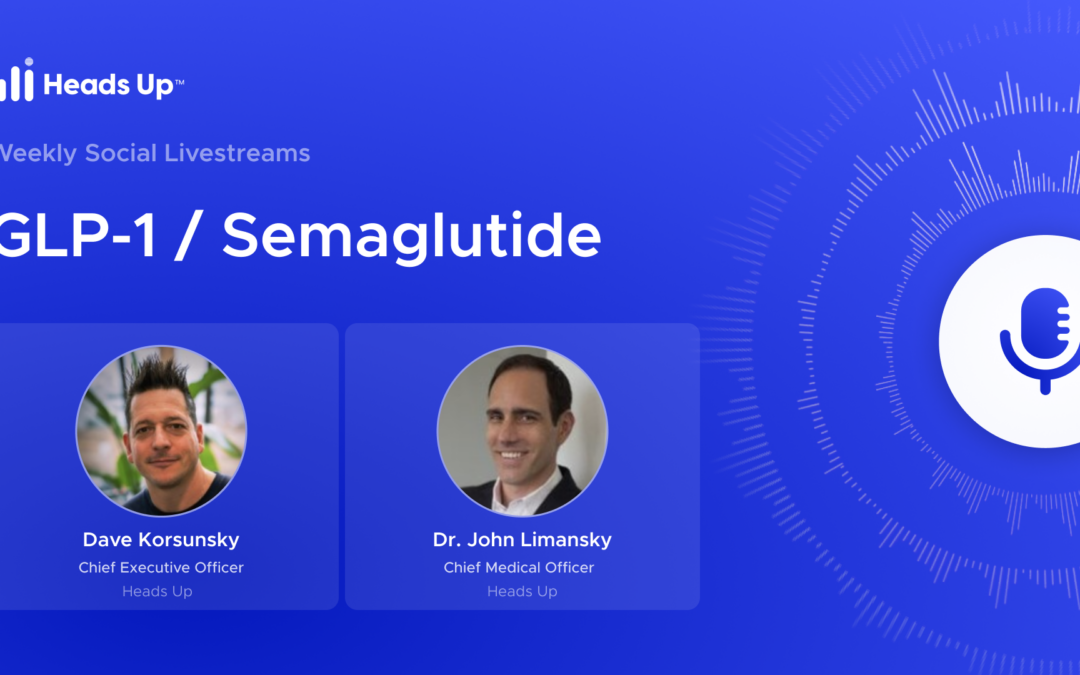
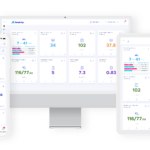
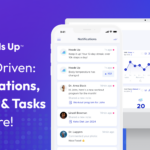
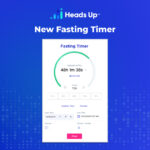

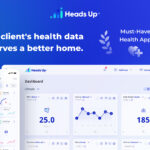
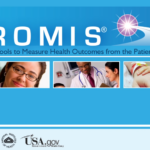
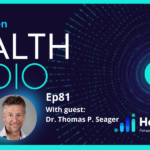
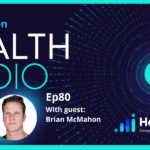
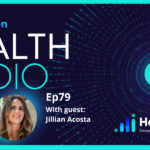
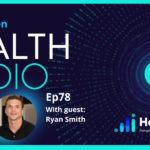
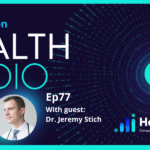
Hi I’m a nurse practitioner who specializes in weight loss. I have a lot of patients on semaglutide. I use a styku machine as well but would like to know if your remote pt monitoring would be something I could utilize. Thank you.